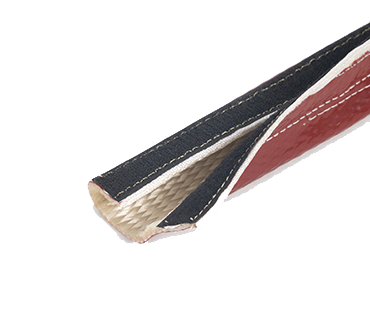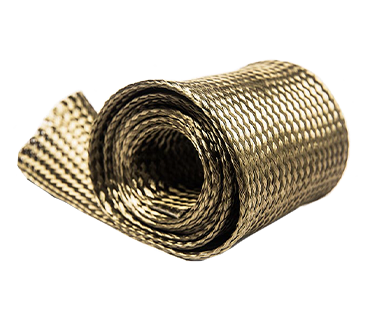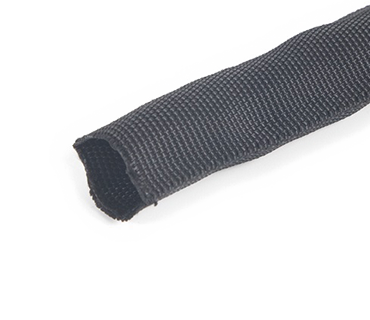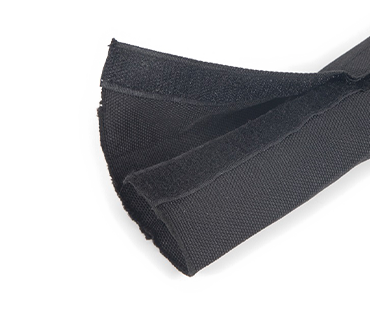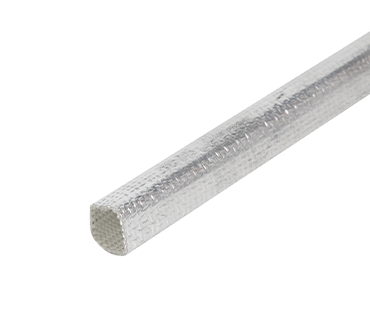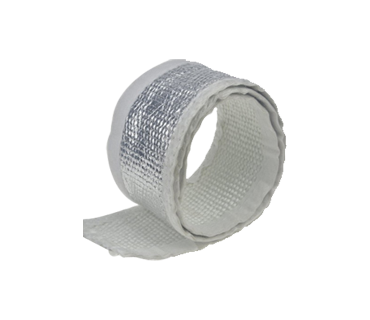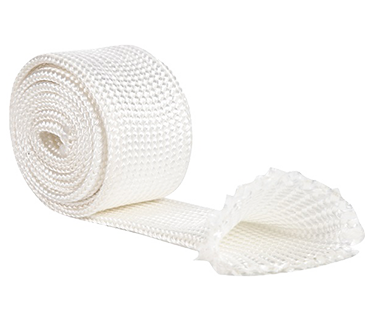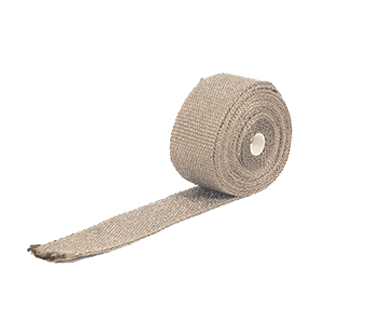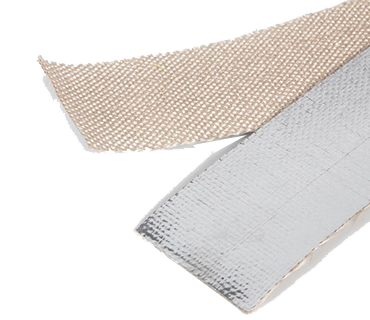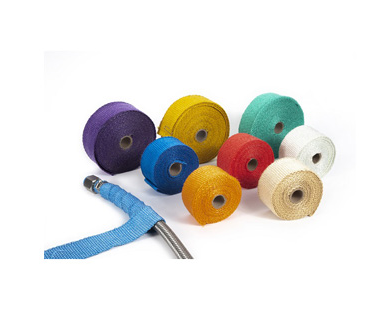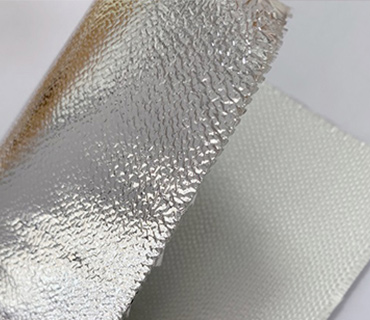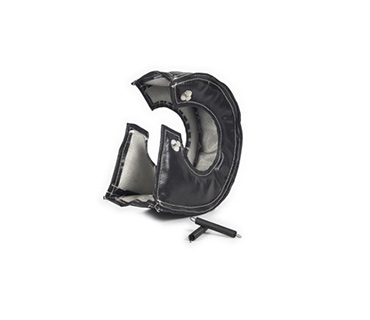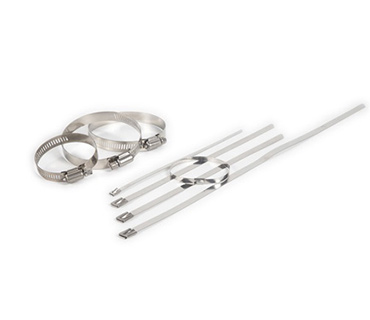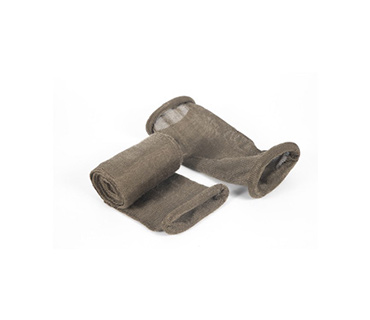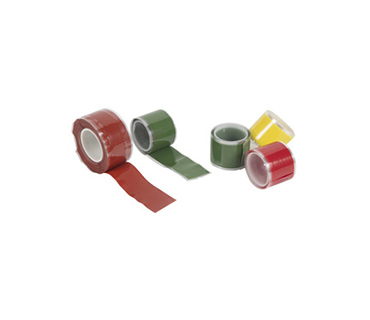The fire sleeve is a kind of protection product commonly used in industrial high-temperature protection. It has the properties of temperature resistance, flame retardancy, wear resistance and aging resistance. It is often used to protect various cables, pipelines, oil pipes and other equipment from the influence of high temperature. But what are the problems that are easy to occur in the installation and use of fire sleeve?
1. Problems easy to occur in the installation and use of fire sleeve
Easy problems: wrong selection of sleeve specification, improper installation and improper material selection. As a result, the installation and use of the fire sleeve will affect its protection effect and reduce its service time.
Wrong selection of sleeve specification: this problem is mainly caused by the customer's inadequate understanding of the specifications of the sleeve they need. If the specification is too small, it cannot be installed. If the specification is too large, it will not only occupy space, but also have defects in protection, so as to reduce its protection effect.
Improper installation: this problem is that the customer is not careful when installing, and that he does not pay attention to checking whether the equipment to be installed for protection has waste or sharp objects, which brings inconvenience to the installation of fire sleeve, resulting in the reduction of protection performance.
Improper material selection: This is mainly due to the customer's insufficient understanding of the working conditions. There are several materials for fire sleeve, and the temperature resistance strength of the sleeve is also different. The fire sleeve selected by the customer is different from the actual protection requirements, resulting in short service life of the sleeve.
2. Reasons for lax protection of fire sleeve
Fire sleeves can effectively protect the cable and pipeline from the erosion of high-temperature environment when in use, but some customers will also have the phenomenon of lax protection when in use. What are the reasons for this?
One of the reasons for lax protection is that it is not installed in place. The installation methods of fire sleeves with different structural forms are also different. If they are not installed properly, it is easy to have lax protection. The second is improper type selection. The sleeve structure required under different working conditions is also different. Select the sleeve structure according to its installation difficulty. If it is not selected properly, it will be difficult to install or even fail to install, resulting in lax protection.
There is also the improper selection of specifications. Different sizes of pipeline equipment require different specifications of fire sleeves. Choosing too large or too small will affect its protection effect, resulting in lax protection. Of course, if the quality of fire sleeve is not up to the standard, there will also be lax protection. If there is a quality problem, it will not play the expected protective role when used, and will also affect its overall protective effect.

